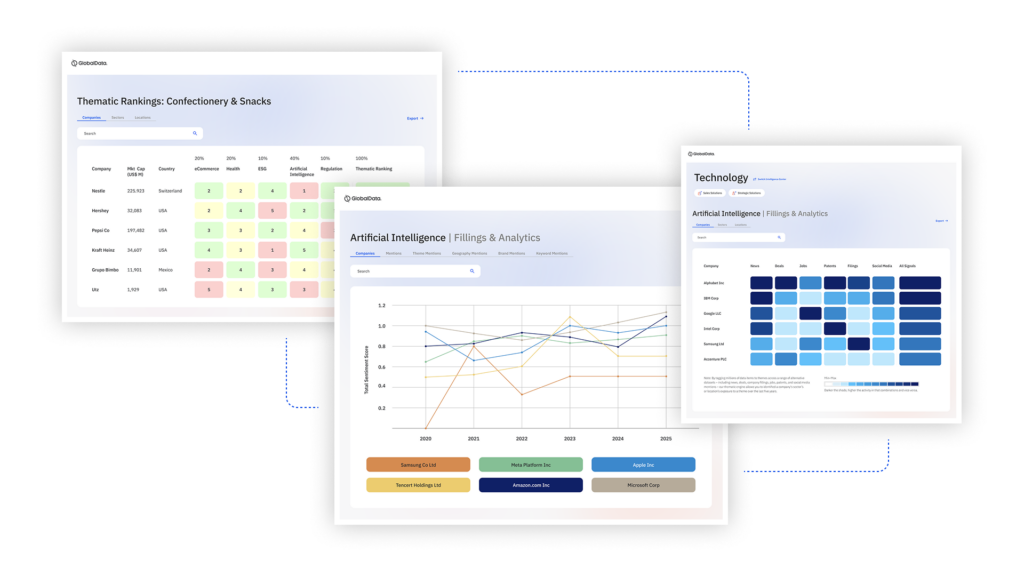CDx are a form of personalised, stratified, and precision medicine, and they herald a new era of treatment in which a patient’s treatment will become increasingly individualised.
Listed below are the key regulatory trends impacting the CDx theme, as identified by GlobalData.
Impact of clinical guidelines and CDx
Clinical guidelines play an important role in CDx as they represent the current state of scientific knowledge, offering judgments that give providers guidance on the range of acceptable clinical pathways for numerous cancers. Clinical trials remain the gold standard for evidence in guideline development. However, for practical and cost reasons, these trials are typically focused on assessing efficacy. Guideline developers are typically responsible for assessing both the safety and benefit-risk balance of a treatment in addition to efficacy.
These guidelines can have an effect on the type of products that do well in the market. Professional societies such as the College of American Pathologists (CAP) and the US Centers for Disease Control and Prevention (CDC) have laid the early groundwork for regulations and guidelines that will likely grow more specific and rigorous in the future.
For example, guidelines by CAP, International Association for the Study of Lung Cancer (IASLC), and the Association for Molecular Pathology (AMP) state that Sanger sequencing is not considered suitable for clinical use for epidermal growth factor receptor (EGFR) mutations. This is likely to affect the market growth for this diagnostic technique.
This is an edited extract from the Companion Diagnostics – Thematic Research report produced by GlobalData Thematic Research.

US Tariffs are shifting - will you react or anticipate?
Don’t let policy changes catch you off guard. Stay proactive with real-time data and expert analysis.
By GlobalData




